Artificial Intelligence and the Future of Design: Challenges and Opportunities
Introduction
Artificial Intelligence (AI) is transforming industries worldwide, and design is no exception. From interior spaces to corporate logos, AI is increasingly becoming a tool for designers and architects, facilitating innovation, improving efficiency, and sparking debates about the future of creative professions. This blog explores the key insights and findings from a comprehensive study on AI's impact on design, highlighting both its challenges and opportunities.
The Current Landscape: AI in Design
AI's integration into the design process is reshaping workflows. Advanced AI tools like parametric and generative design platforms enable designers to analyze vast datasets, rapidly create multiple iterations, and optimize solutions for better efficiency. Examples include software like Revit and Grasshopper, which allow architects to explore innovative design possibilities.
However, this evolution raises a critical question: will AI replace human creativity? Opinions vary. While some experts predict AI might displace traditional roles, others argue that it serves as a powerful complement, enhancing creativity rather than replacing it.
Challenges for Designers
The rise of AI in design introduces several challenges:
-
Job Security: Predictions from studies suggest a significant disruption in job roles, with tasks traditionally handled by designers now automated.
-
Quality Control: While AI platforms democratize design, there’s a risk of flooding the market with mediocre designs. Professional oversight is essential to maintain high standards, particularly in corporate and architectural projects.
-
Skill Evolution: Designers must now master new competencies, including programming and process management, to remain relevant.
Opportunities for the Design Industry
-
Enhanced Creativity: AI tools can exponentially increase design possibilities, offering solutions beyond human imagination and creating more personalized user experiences.
-
Efficiency and Scalability: AI-powered platforms reduce time and effort in generating design iterations, allowing designers to focus on more complex and strategic tasks.
-
New Business Models: AI reshapes how design services are delivered, making them more accessible and affordable through automated solutions.
A New Paradigm: Human-AI Collaboration

Artificial intelligence is not here to replace human effort but to amplify it. The synergy between human creativity and AI’s technical prowess has the potential to revolutionize how we work and create. Humans bring intuition, decision-making, and artistic vision, while AI handles repetitive tasks and processes vast amounts of data efficiently.
Take design as an example: AI can generate countless creative options, but it’s the human touch that curates and refines these possibilities into something meaningful and aesthetically compelling. Similarly, in fields like medicine or research, AI accelerates data processing, leaving humans to interpret, empathize, and innovate.
This collaboration isn’t about competition; it’s about augmentation. By freeing us from mundane tasks, AI allows us to focus on the areas where human insight truly shines. The future of creativity and problem-solving lies not in choosing between humans or AI, but in discovering what we can achieve together.
Conclusion
AI is not a threat but an opportunity for the design industry. It pushes boundaries, fosters innovation, and encourages designers to evolve. By embracing AI as a collaborative tool, designers can unlock new realms of creativity and efficiency. The future of design is not just about machines; it's about how humans and machines work together to create better, smarter solutions.
You Might Also Like
Revolutionizing User Interfaces: The Role of AI...
The Power of Color Theory: An Essential Guide for...
Stay Tuned
Stay up to date with our latest courses.













.png?width=130&height=53&name=image%2027%20(1).png)
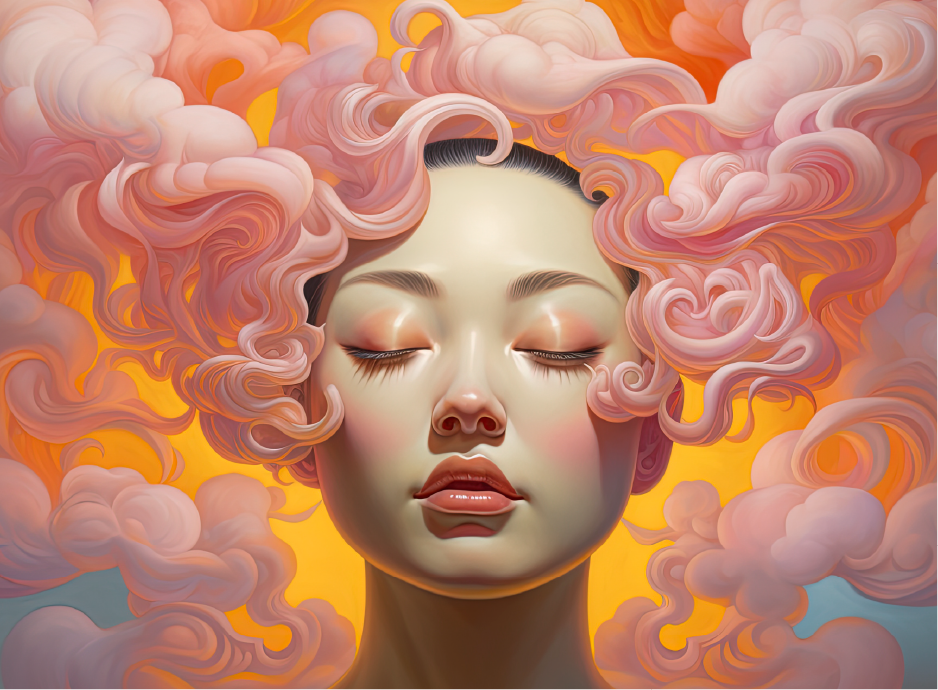
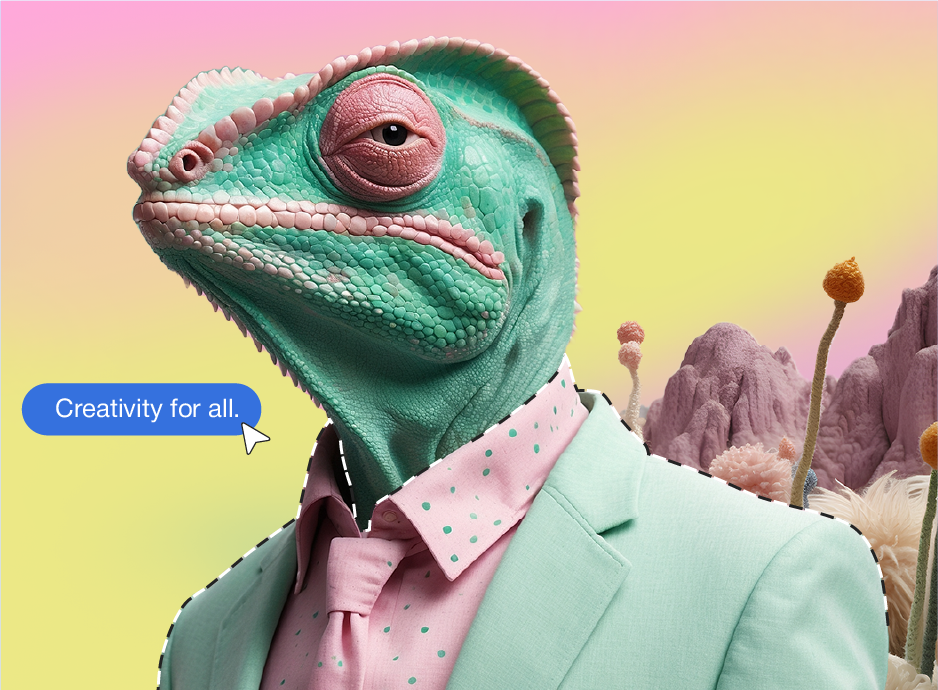
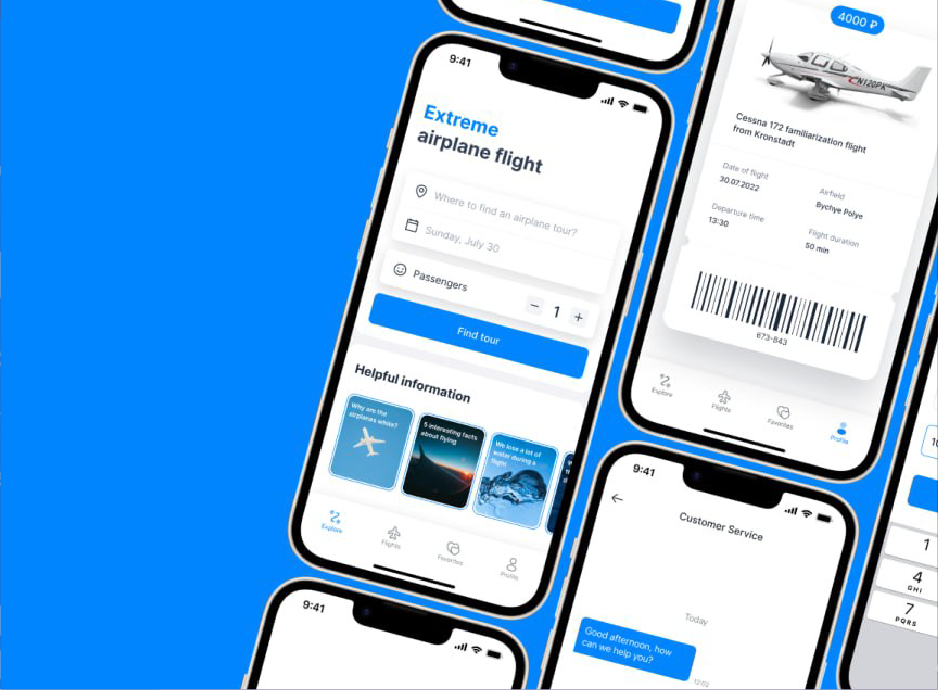
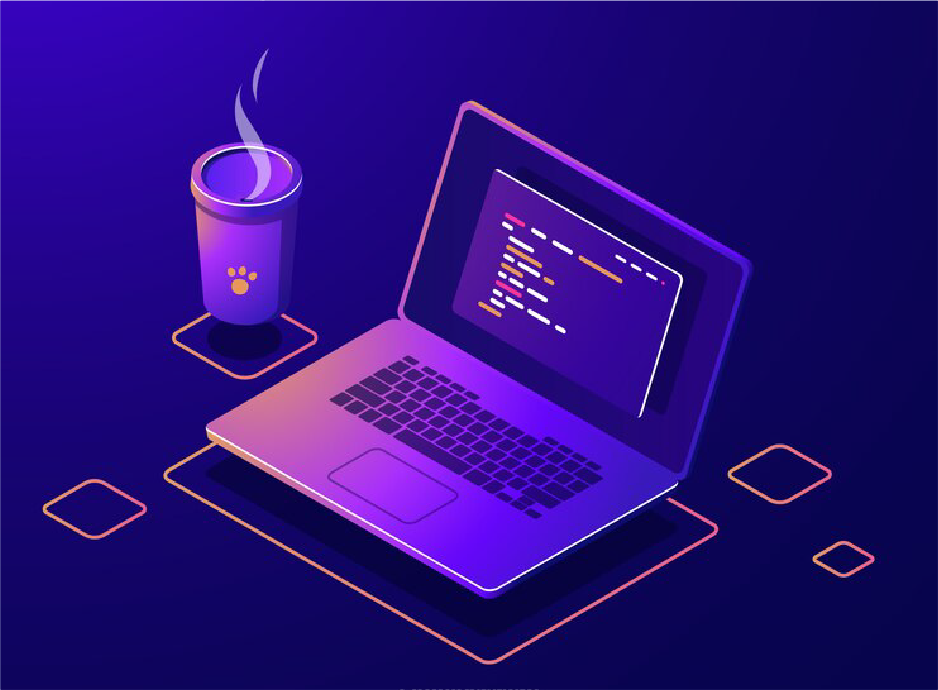

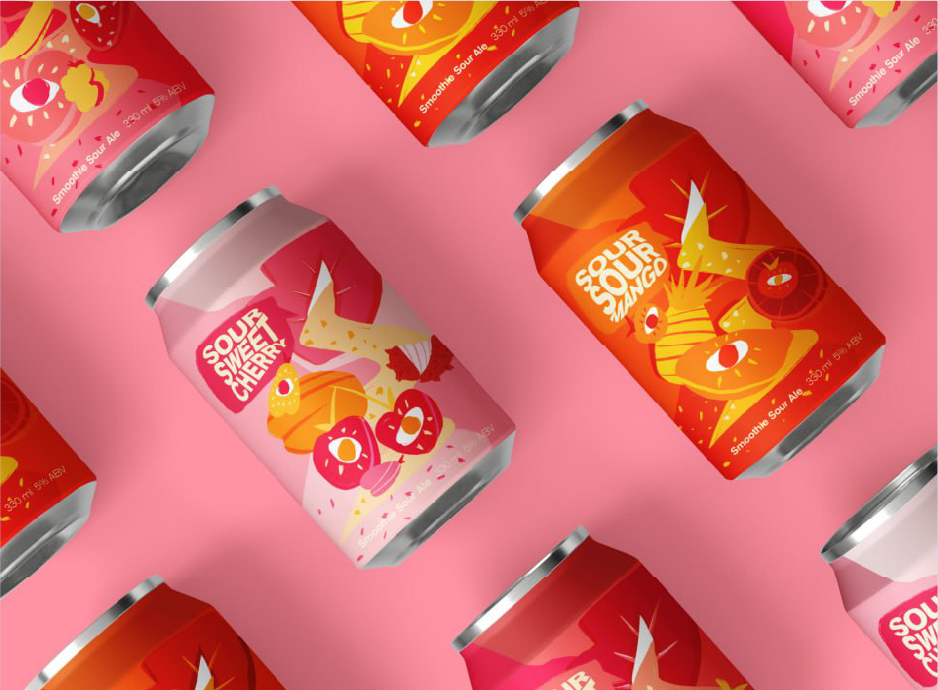
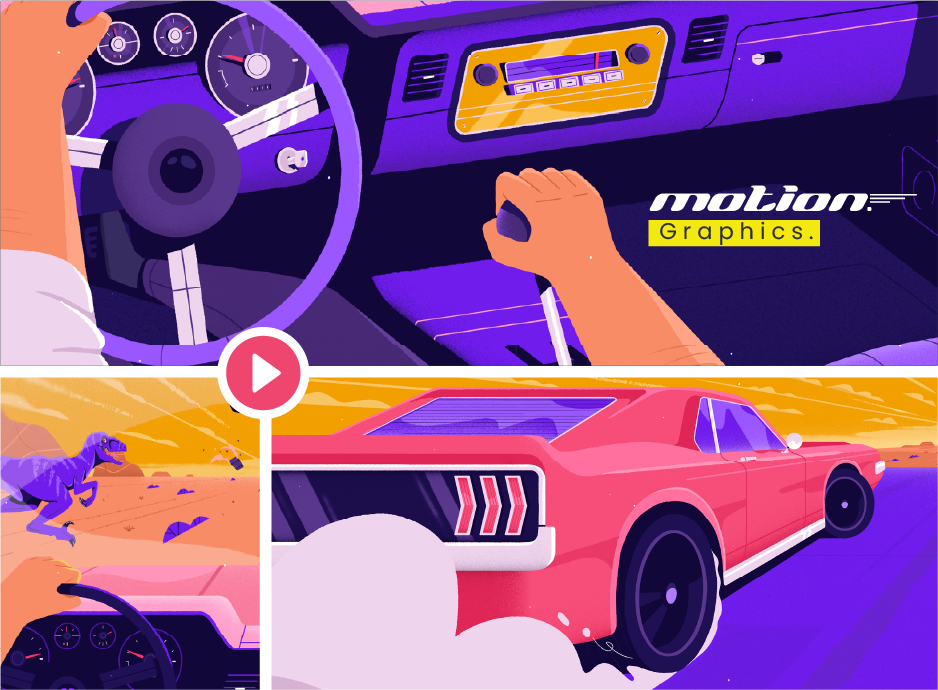
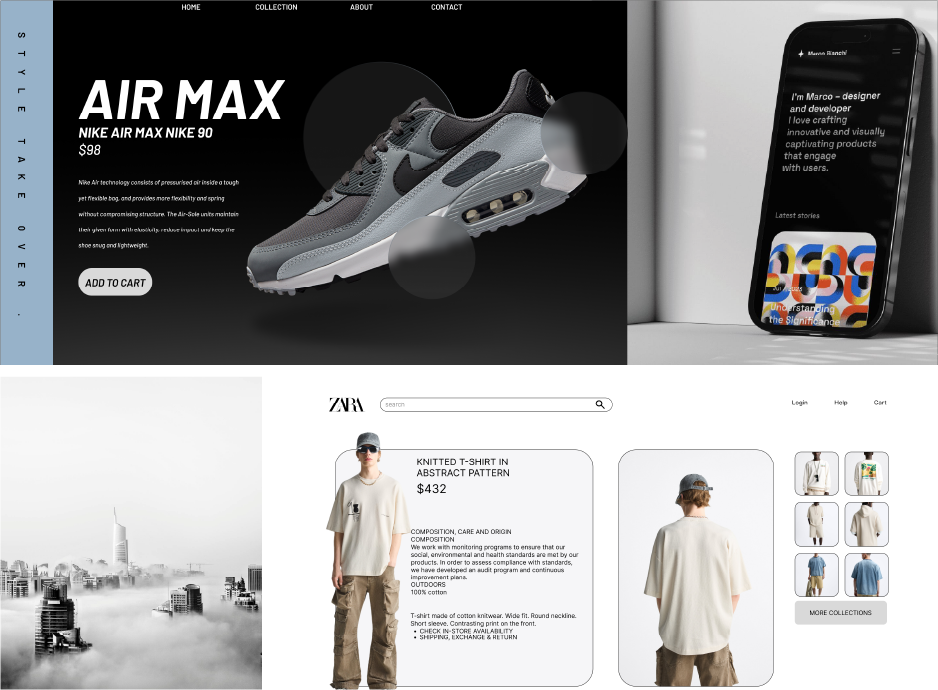


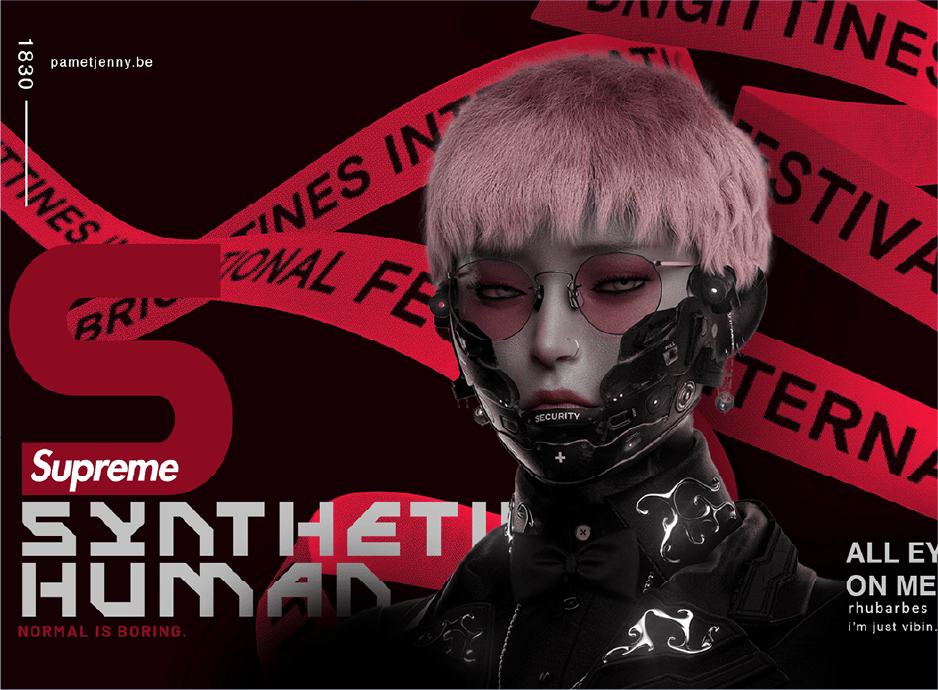
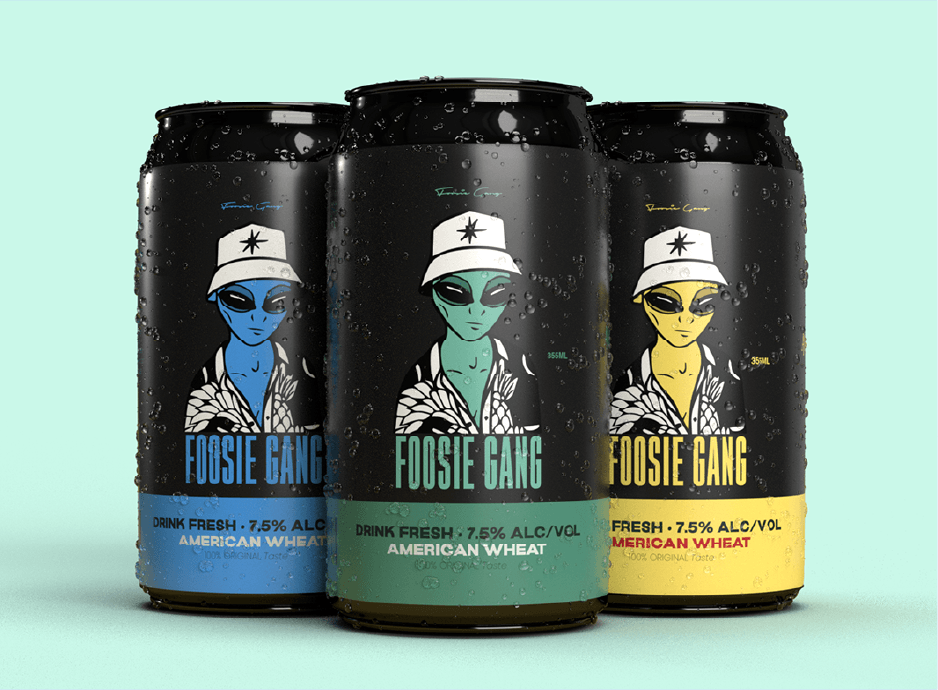
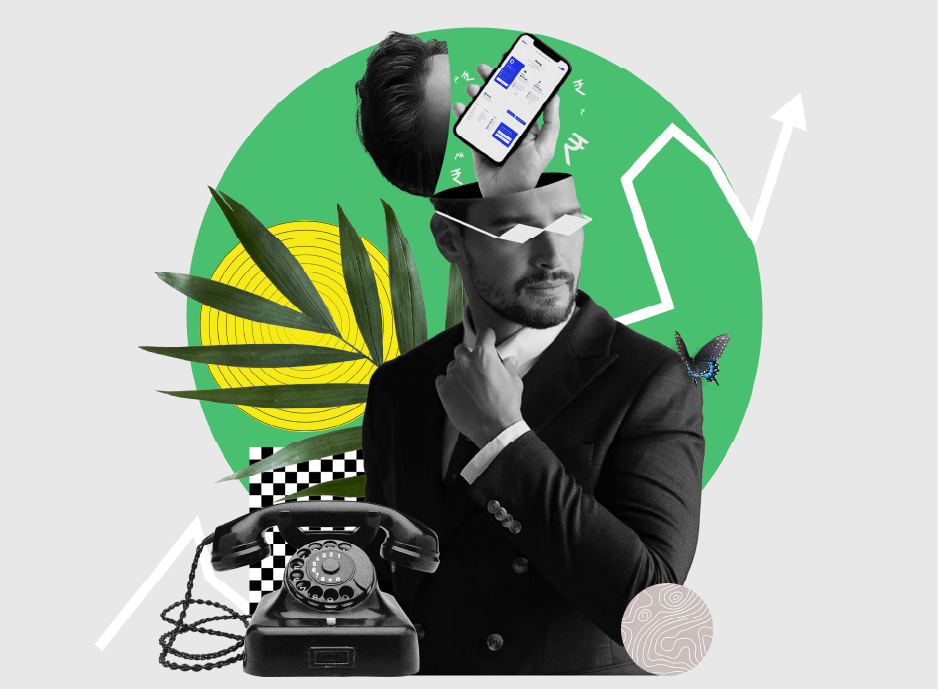
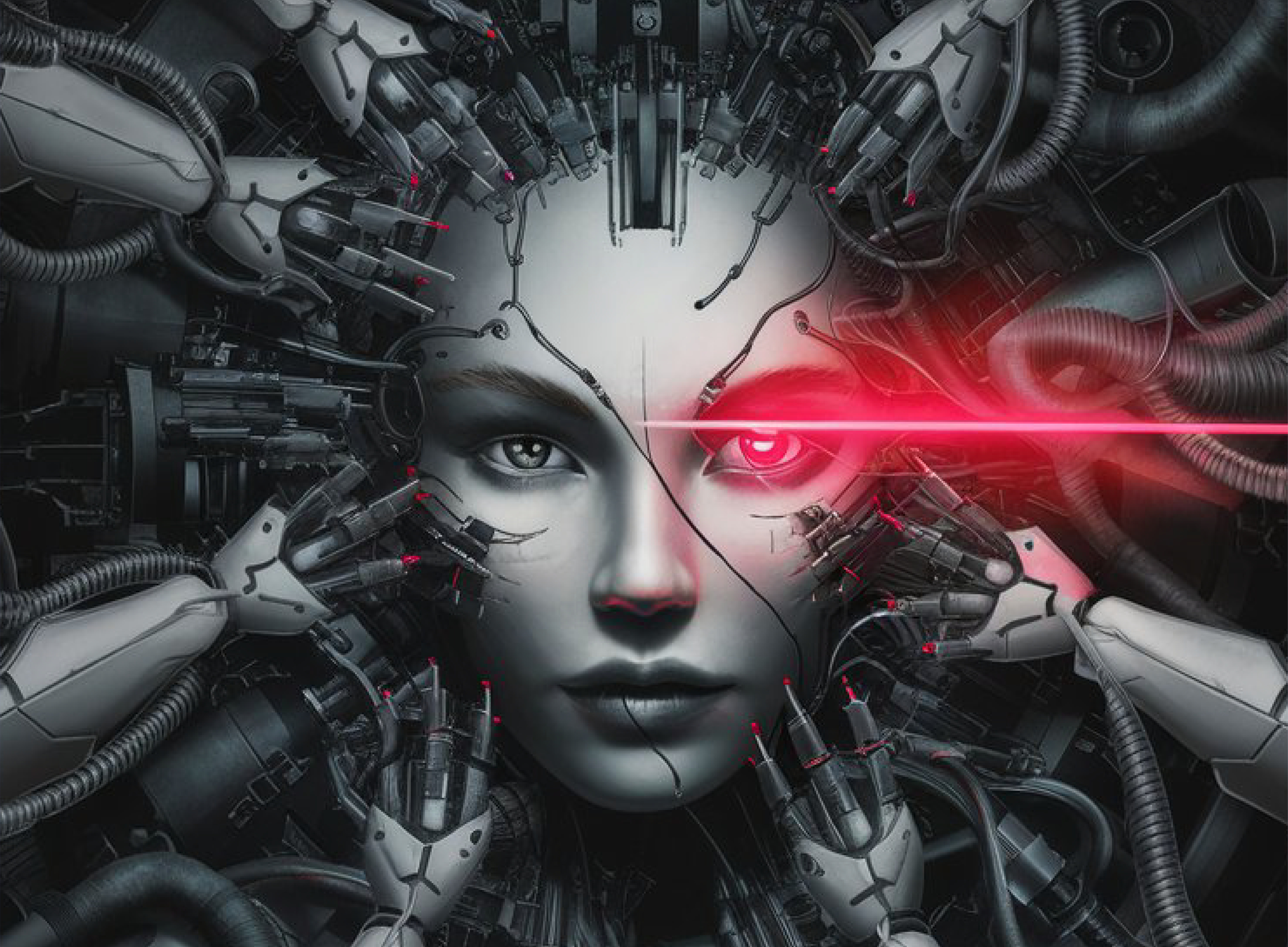
.jpg)
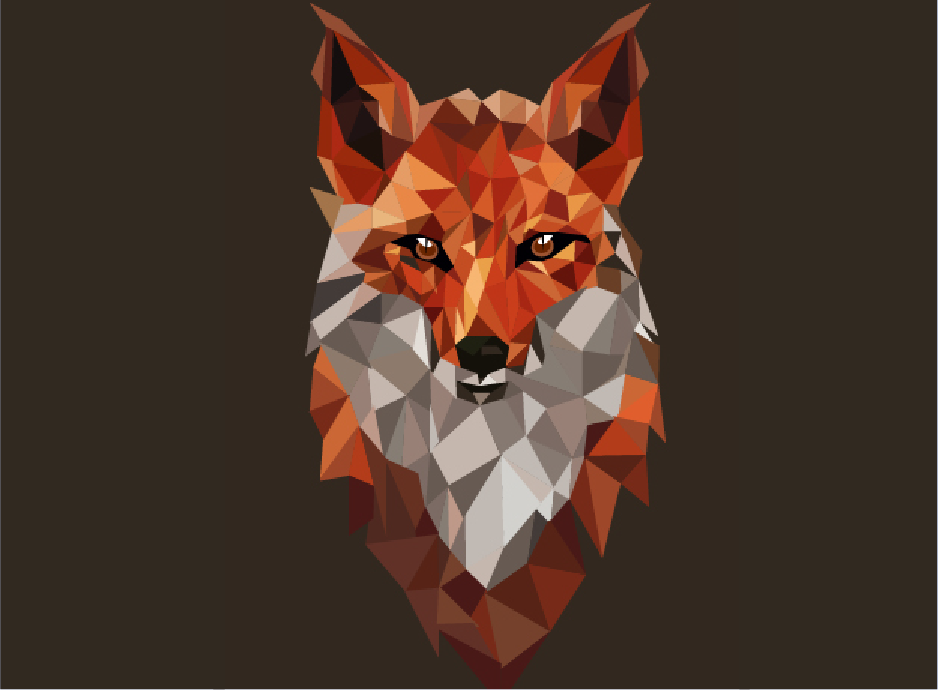
BOOK A FREE CONSULTATION